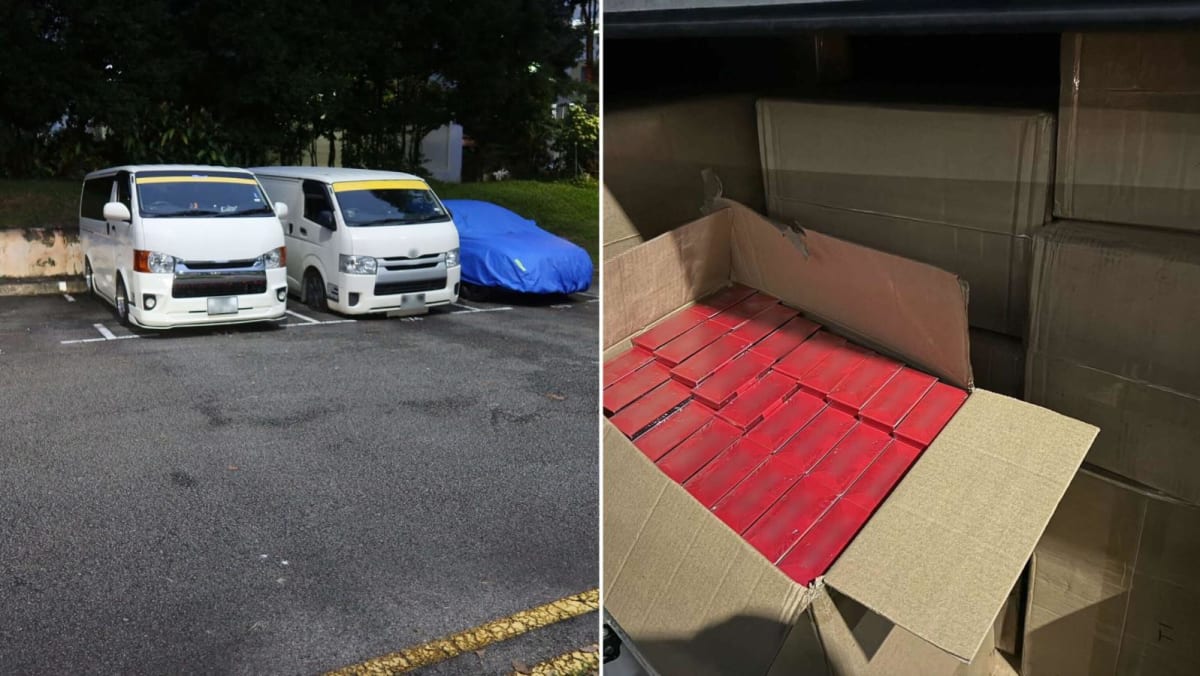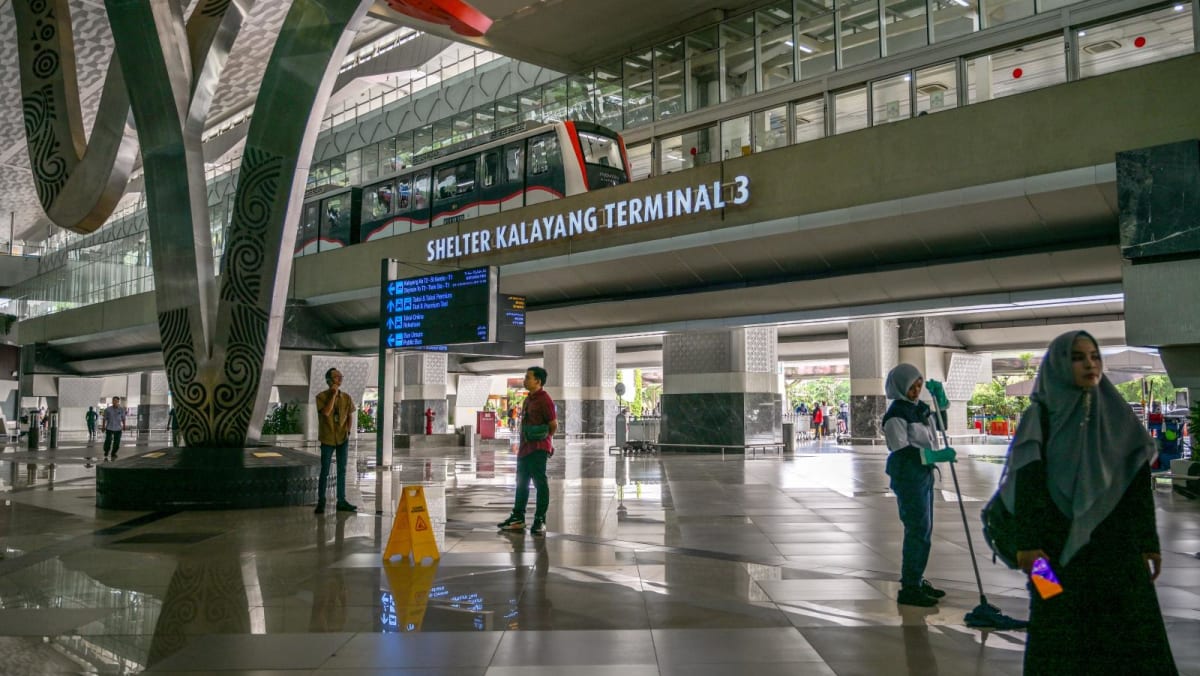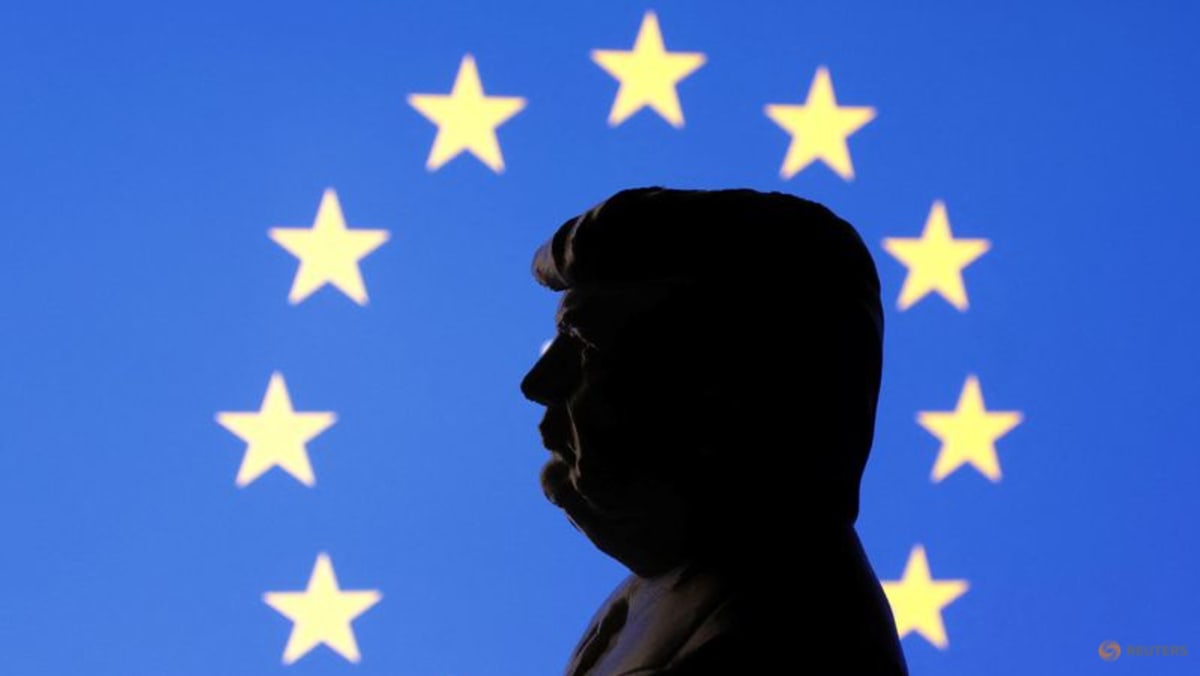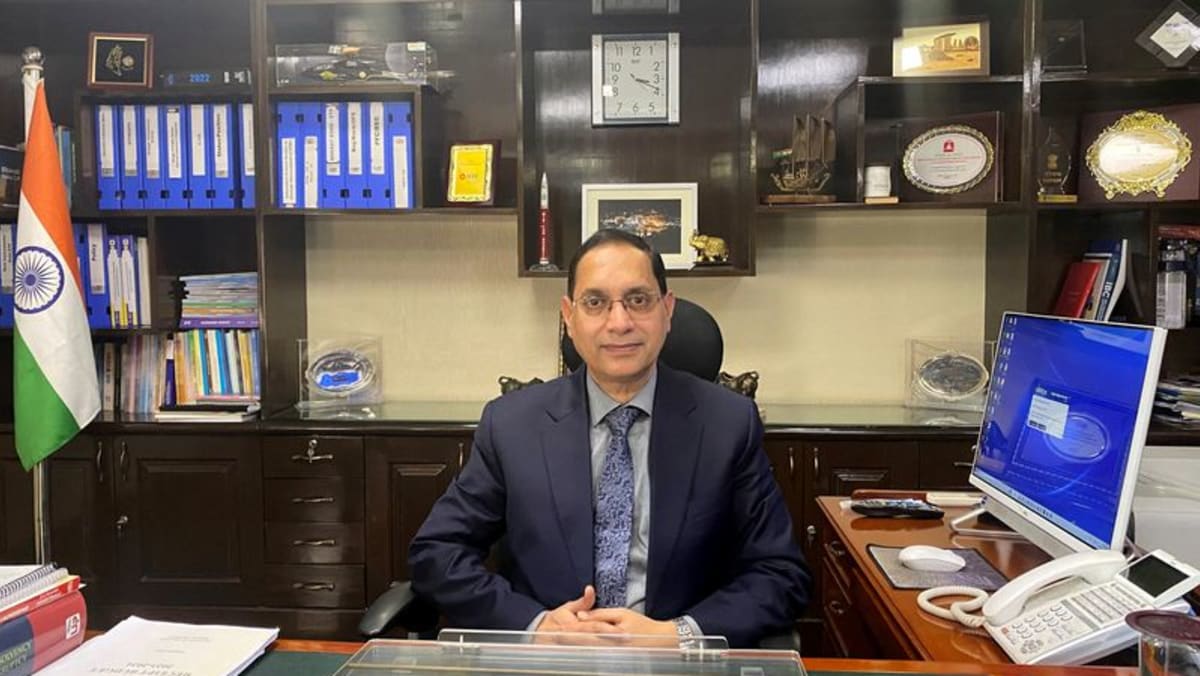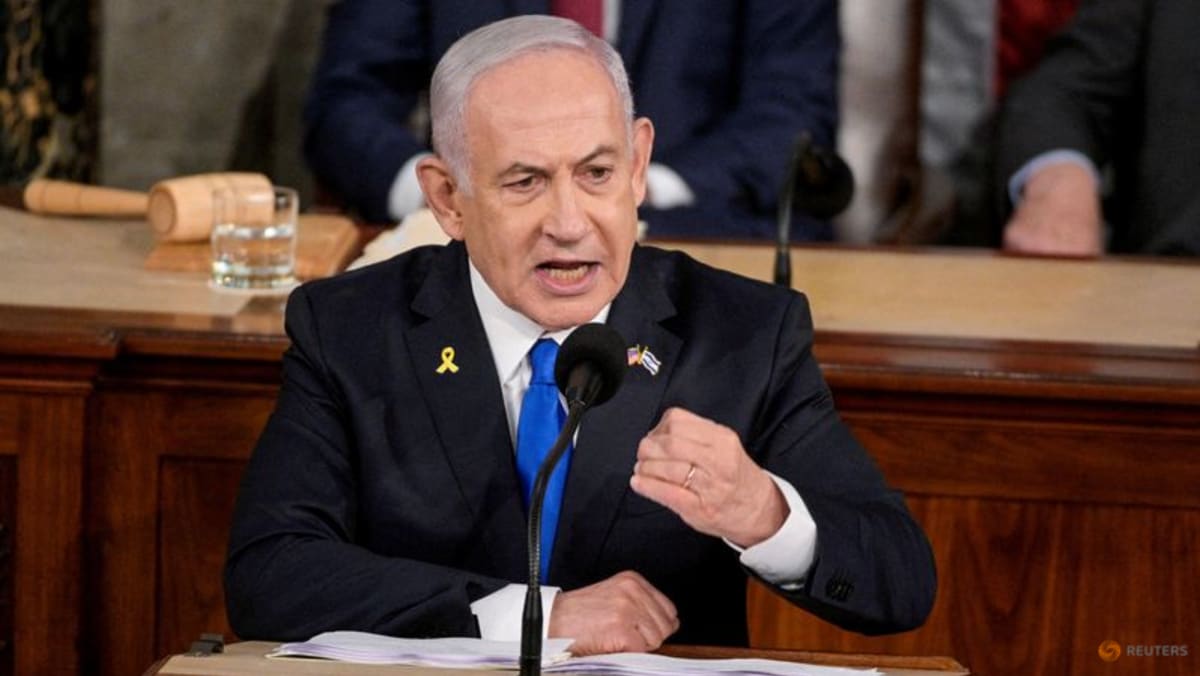“QUESTION OF HOW”
Given the looming menace from Russia, there is widespread consensus across Europe on the need to step up on defence.
The problem is there is not yet agreement on what exactly that entails.
“It’s very clear for everyone around the table that investment must increase,” an EU official said.
“It is not a question of if, it is a question of how.”
Brussels estimates the bloc needs to invest an extra €$500 billion (US$510 billion) on defence over the next decade.
Key dividing lines revolve around how to fund the required investment, whether EU cash should be spent only on EU arms, and what role NATO should play.
There is also a geographical split, with countries closer to Russia already doing far more than those further to the West.
Funding is the major question, with a number of member states pushing for massive joint EU borrowing.
But Germany – which faces a fraught election this month – has tried to shut down discussion of that sensitive topic.
“The worry is this meeting might become just another box-ticking exercise if we don’t discuss the elephant in the room of financing,” one EU diplomat said.
With no sign of movement on that, EU states have called for the bloc’s lending arm, the EIB, to drop limits on lending to defence firms.
On weapons, France – long accused of caring more for its own industry – insists arms should be bought in the EU.
Others counter that countries should look to whoever can supply quickest.
Buying from the United States could also be a way to keep Trump on side, they argue.
The division of labour with NATO is also in the spotlight as some in the EU say Brussels should be involved in setting targets for what countries require – a suggestion that has riled NATO.
